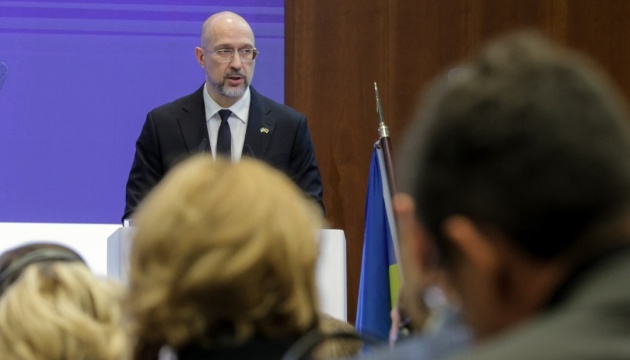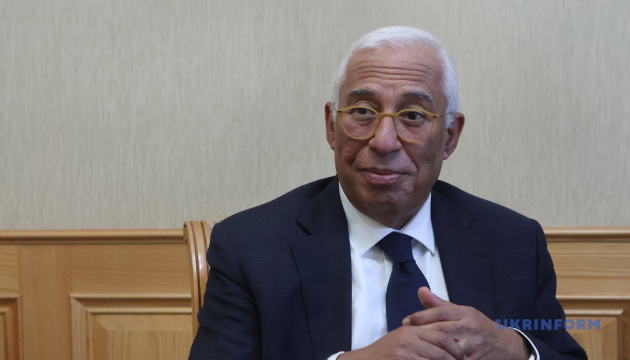Nine people injured in Kharkiv following morning Russian attack
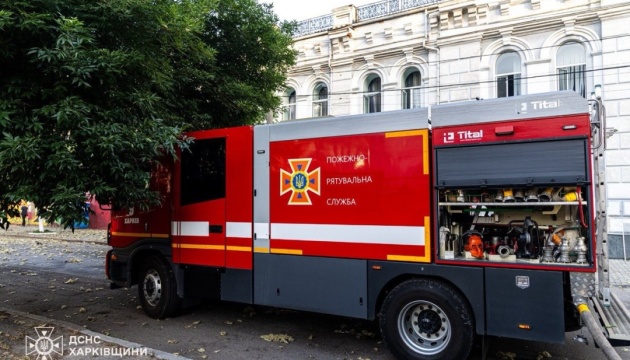


© ASSOCIATED PRESS
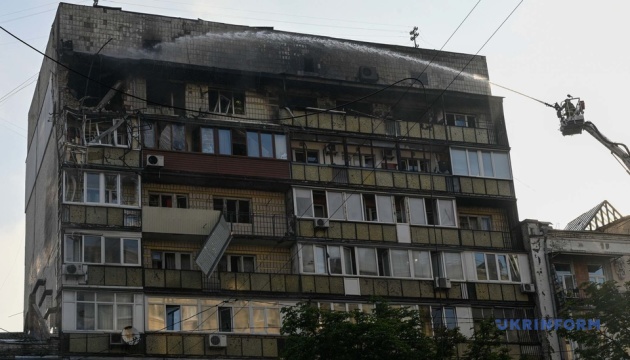
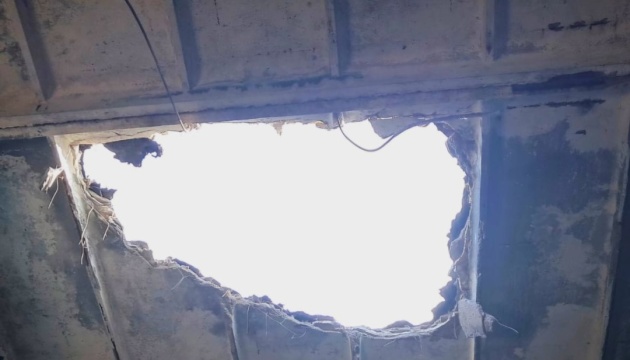
Four Abrams tanks were shown manoeuvring across a mud-choked army training ground in Hsinchu county, firing at moving and static targets

© Copyright 2025 The Associated Press. All rights reserved.
Thirty years since Srebrenica, the second genocide of the 90s, it is clear that ‘never again’ is a slogan as empty as it is old, our world affairs editor Sam Kiley writes

© AP
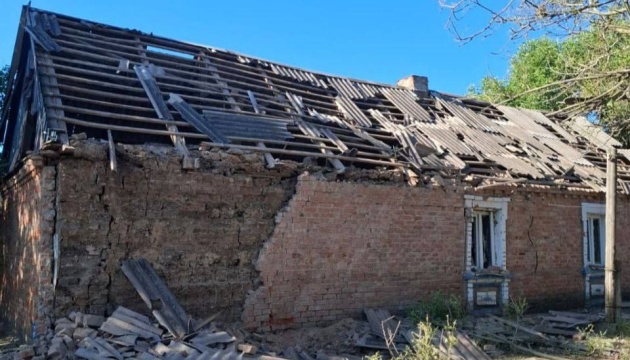
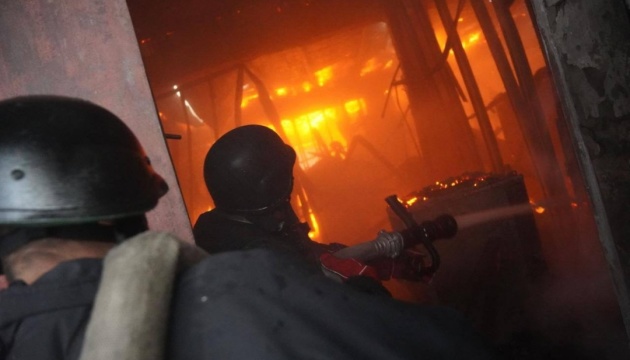
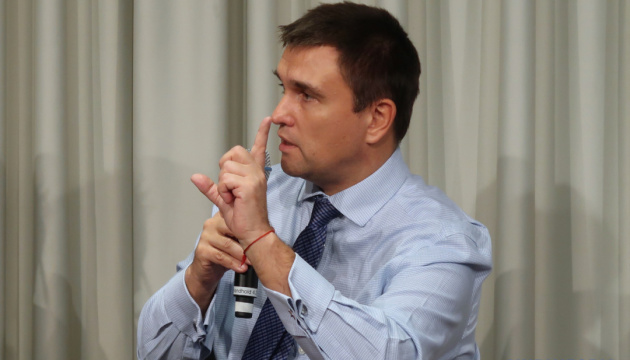

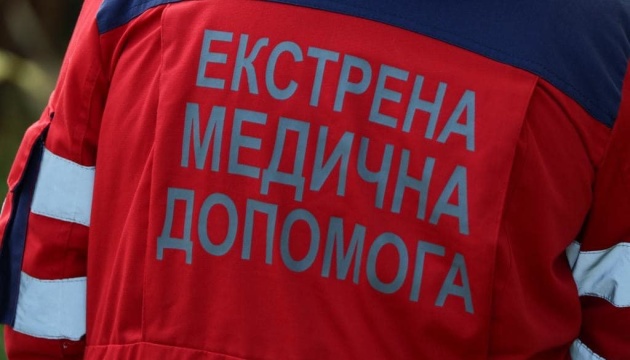
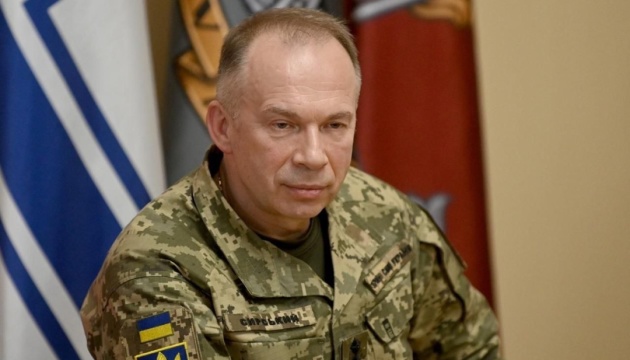


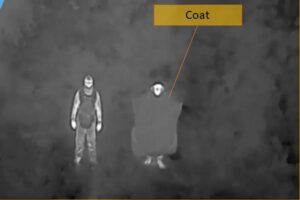 |
Russian troops beware: use thermal camo correctly, or get droned. Russian troops are wearing heat-trapping thermal blankets to hide them from Ukraine’s lethal infrared-sensing night drones—but they’re wearing them all wrong. And it’s getting them killed. |
 |
Ukraine quietly unleashed its top tank brigade—now drones lead, infantry fights, and tanks wait. Ukraine’s tank brigades are disappearing. The army is getting new heavy mechanized brigades that are better for the infantry-first fighting. |
 |
European court makes history: Russia guilty of Ukraine human rights violations since 2014 and plane downing MH17. The European Court of Human Rights recognized Russia’s actions as a “targeted campaign to destroy the Ukrainian state as a subject of international law.” |
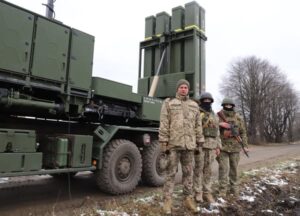 |
Ukraine’s perfect German missiles never miss—but Russia’s drone factories never sleep. Ukraine is getting 2,000 new German IRIS-T air-defense missiles. Against endless Russian drones, it still might not be enough. |
ISW: Moscow’s drone strategy now targets morale more than military value. Even failed strikes help feed Russia’s psychological war, the think tank assesses.
NYT: Putin believes Ukraine’s collapse is near — and he’s acting like it. Despite Trump’s frustration, Kremlin insiders say Putin sees no reason to stop his full-scale invasion.
Lithuania tracks fake Russian Shahed from Belarus—NATO jets scrambled. Russia’s Gerbera styrofoam drone entered Lithuania from Belarus then crashed. Vilnius failed to identify it.
Reuters says Trump activates drawdown powers for the first time to arm Ukraine. Sources told Reuters the $300 million aid, not yet finalized, may include medium-range guided rocket launchers and air defense interceptors.
As of 10 JUL 2025, the approximate losses of weapons and military equipment of the Russian Armed Forces from the beginning of the invasion to the present day:
NATO allies test German AI drone as Ukraine already destroys Russian equipment with it. German company Helsing designed the HX-2 AI drone as Europe’s answer to Russia’s Lancet loitering munition.
Storm Shadow returns: MBDA restarts SCALP missile Ukraine used to hit Russian command. France signals fresh production in 2025; Militarnyi hints Ukraine could receive new deliveries.
Reuters: Trump resumes GMLRS rocket and 155mm artillery deliveries to Ukraine after Russia’s largest airstrike. The US resumed weapons shipments to Ukraine after a brief pause. On Tuesday, Russia launched more than 740 drones and missiles in a single night.
Zelenskyy asks Trump’s Ukraine envoy Kellogg for US missiles – Trump calls Patriot systems “very expensive”. As Russian strikes intensify, Ukraine is pressing its case directly to Trump’s circle, while questions linger over the price of protection.
UK is ready for Ukraine peacekeeping mission—if there’s ever peace to keep. British troops would help enforce an agreement that remains out of reach.
US restarts shipments of rockets and shells to Ukraine — munitions already on the way. Washington sources confirm that guided rockets and artillery shells are once again flowing to Kyiv.
Germany is ready to buy US Patriots—Trump undecided. Chancellor Merz says Berlin can fund extra systems for Ukraine, but Washington hasn’t finalized anything.
Netherlands pledges € 300 million for Ukraine recovery projects amid Russia’s aggression. Russia has spent three years targeting Ukraine’s civilian infrastructure, making economic assistance essential for the country’s survival.
The Atlantic: Trump’s erratic weapons policy leaves Ukraine flying blind. Ukrainian officials say unpredictability from Washington may prove more damaging than lost weapons.
Ukraine’s sleepless nation: 80% trapped in chronic stress from nightly Russian attacks. Millions of Ukrainians maintain economic activity despite “fatigue, tension and despair” from Russian constant bombardment of civilians, Ukraine’s First Lady told international partners in Rome.
Russia’s war against Ukraine prompts Czechia to train teenagers in combat skills to strengthen national defense. Czech Army General announced the initiative aims to expand national reserves while introducing young people to military service amid Russia’s security threat.
Russia strikes Kyiv for 10 hours—two women killed including 22-year-old metro police officer (updated). Explosions were heard citywide as homes, schools, and hospitals sustained blast damage.
Russian intelligence paid Ukrainian teenager and her mom for arson attacks in Odesa. Russian operatives target financially vulnerable civilians who burn military vehicles to cause damage and demoralize the population in Ukraine.
Frontline report: Russia’s running out of oil money—so a Moldovan fraud king built a fake crypto boom. With oil profits down 30%, Russia’s betting on a crypto scheme run by Ilan Shor — a fugitive oligarch, convicted fraudster, and Kremlin-backed power broker in Moldova.
Russian propagandists shift stance on Trump, call him “Bidenized” after Putin criticism. Earlier, the US president said “We get a lot of bullshit thrown at us by Putin.”
Read our earlier daily review here.
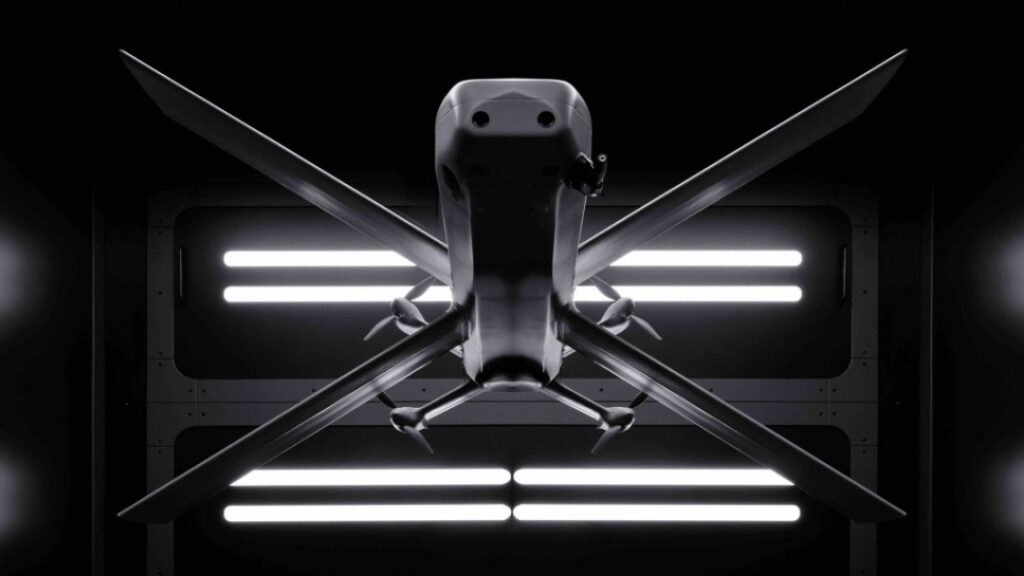
Armed forces across Europe are conducting trials of a German-developed HX-2 strike drone that could reshape the continent’s military capabilities, while Ukrainian pilots already fly it against Russian targets.
France, Germany, Britain and other European nations are evaluating the HX-2 strike drone manufactured by German company Helsing, according to the company’s Vice President of Sales Simon Brünjes, as reported by Hartpunkt.
The testing schedule reflects urgent military priorities. The German Bundeswehr aims to complete its evaluation by year-end, positioning itself for potential procurement decisions. Simon Brünjes, Helsing’s sales chief, indicated that Germany has assigned the project high priority compared to other defense initiatives to meet this timeline.
Why the rush? Brünjes won’t say directly. But the company designed the HX-2 as Europe’s answer to Russia’s Lancet drone—a weapon Helsing calls “very effective” against Ukrainian forces.

Ukraine has received initial HX-2 units for qualification testing, with results expected within weeks. The timing aligns with broader European efforts to support Ukraine’s defense capabilities while evaluating systems for their own militaries.
The HX-2 incorporates design elements from both missile systems and traditional drones. Its X-wing configuration enables agile maneuvering while four electric propellers provide 100-kilometer (62 miles) range and loitering capability compared to rocket-powered alternatives.
Terminal speed: 220 kilometers per hour (136 miles/hour).
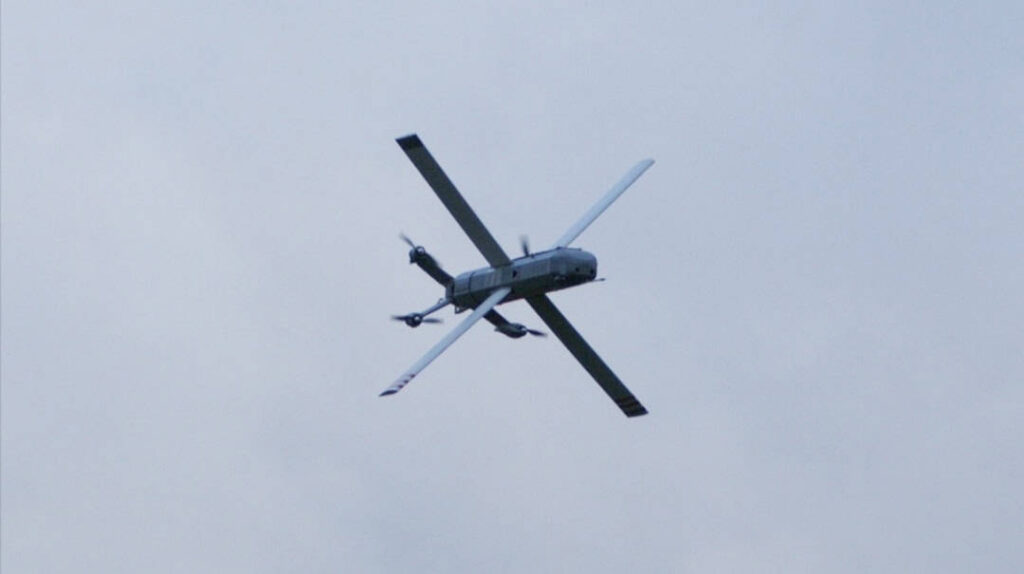
But the real innovation sits in the software. Helsing’s Altra system gives the drone three capabilities that matter in electronic warfare:
First, it navigates without GPS. A downward camera constantly matches terrain features against stored maps, letting the drone operate even when Russia jams satellite signals.
Second, it tracks targets automatically during final approach. Lose radio contact? The drone still hits what it was aimed at.
Third, it recognizes targets using artificial intelligence (AI). The system identifies and classifies objects using both visual data and context clues.
Helsing’s Altra software makes it possible for a single operator to coordinate swarm attacks while the AI handles navigation, target tracking, and electronic warfare resistance. Each drone carries several kilograms of payload which is enough to destroy tanks, artillery pieces, or infrastructure.
Here’s the catch: Brünjes says the AI could make the kill decision itself, but Helsing programs human oversight into every mission. “For ethical reasons,” he explains, matching Western military requirements for human control.
The German manufacturer designed its system specifically for large-scale production to achieve lower unit costs than conventional systems.
Current production stands at 450 units monthly at Helsing’s Resilience Factory in southern Germany, with capacity to expand to 1,000 units through additional personnel training. A planned second factory could bring total monthly output to approximately 2,500 HX-2 drones. The company also plans to build more factories across Europe to scale production rapidly in response to conflicts worldwide.
Compare that to combat consumption. Ukrainian forces have already used “several hundred” of Helsing’s earlier HF-1 drones out of 1,950 delivered, according to Brünjes. Combat video shows these drones destroying both stationary and moving Russian vehicles.
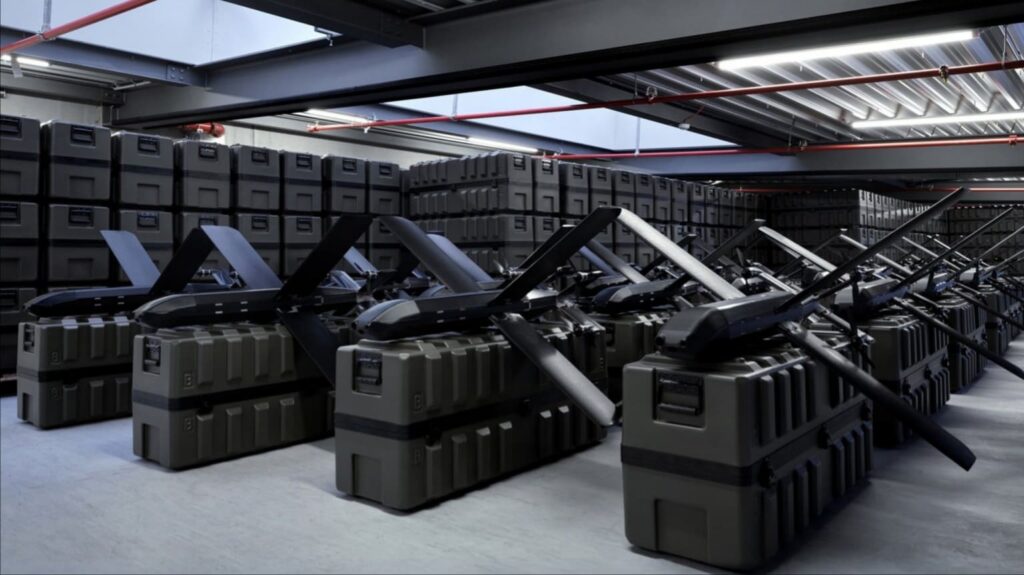
The math matters for European defense planners. Can a single German factory supply multiple armies plus Ukraine’s wartime needs?
Co-founder Gundbert Scherf says they built the HX-2 “from scratch for mass production” to beat the Russia’s Lancet on both performance and price. Ukraine calls the cost “very economical”—helped by Helsing taking zero profit on Ukrainian deliveries.
In February, Helsing announced 6,000 additional AI-powered HX-2 drones for Ukraine, following a prior order of 4,000 HF-1 drones currently being delivered in cooperation with Ukrainian industry. That’s 10,000 AI-powered strike drones heading to one battlefield.
The HX-2 builds on lessons from Ukraine’s use of the earlier HF-1 model. Same software, different hardware. Where the HF-1 uses conventional wings, the HX-2’s X-shaped design enables sharper maneuvers that are useful when dodging air defenses.
Helsing’s Ukrainian partner handles HF-1 production while the German company provides software. That division of labor gets updated constantly based on combat feedback from the front lines.
The company delivered 1,950 HF-1 units to Ukraine, with several hundred deployed in combat operations against Russian forces.
British forces also demonstrated the HX-2 at Salisbury Plain training facility while preparing for NATO enhanced Forward Presence deployment in Estonia, though Brünjes noted that Britain has not yet made formal procurement commitments.
Will European armies buy what Ukraine is already using? The testing programs underway suggest defense ministries want their own evaluation even when the weapon comes with battlefield validation.


Trump activates drawdown powers for the first time in his current term to approve Ukraine military aid, according to Reuters. The $300 million package may reportedly include Patriot missile systems and medium-range guided rockets.
Two sources familiar with the decision told Reuters the aid would come from US weapons already in storage. The package is expected to be pulled from Pentagon stockpiles using Presidential Drawdown Authority. One of the sources said a final decision on the equipment could be made at a meeting on “Thursday.”
The reported $300 million in aid may include defensive Patriot missile interceptors and offensive medium-range rockets. However, “a decision on the exact equipment has not been made,” according to a source. According to Reuters, the equipment is likely to be delivered quickly because the systems are already staged in Europe.
Reuters said the Pentagon and the White House declined to comment when asked about the plans.
By now, the Trump administration has only “approved”—or, more accurately, did not block—deliveries authorized under Biden.
If finalized, it would be the first time Trump activates drawdown powers to directly send weapons to Ukraine, Reuters notes. The use of authority may show a shift in Trump’s Ukraine policy.
Presidential Drawdown Authority allows the president to transfer weapons quickly from US stocks, bypassing the need for new legislation.
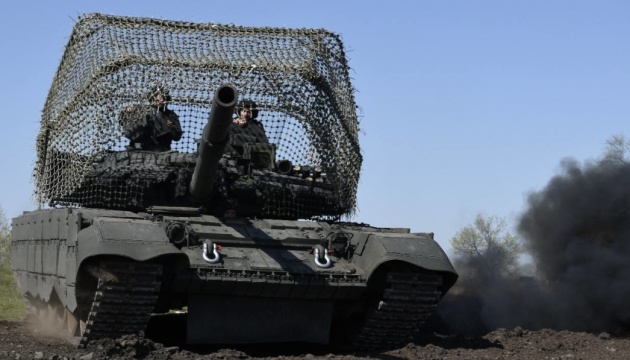
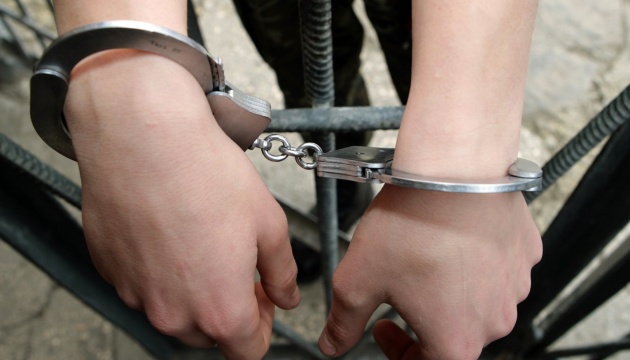
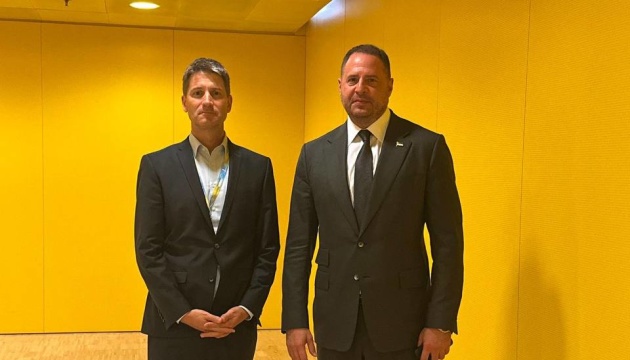
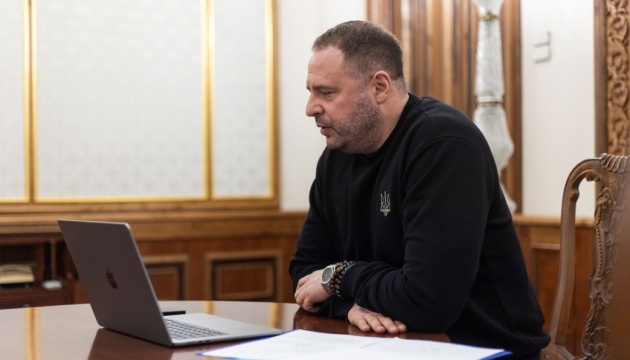

Ukraine’s First Lady Olena Zelenska revealed that more than 80% of Ukrainians are experiencing chronic stress and persistent emotional strain due to war.
Speaking at the Ukraine Recovery Conference in Rome on 10 July, Zelenska painted a picture of a population ground down by sleepless nights and constant bombardment.
“Our economy continues to function thanks to millions of people who go to work after nights spent in basements,” she said. “The main emotions they experience are fatigue, tension and despair.”
Why focus on mental health at a reconstruction conference? Zelenska’s answer was direct: “Without people, a country becomes a monument.”
The cases reveal the war’s brutality. Patients arrive with burns, blast wounds, crushed limbs from Russian strikes. “Saving their lives is not enough,” Zelenska said. “We must help them live fully.”
“Destruction is not only a physical concept, but also a social one, which manifests as difficulties, security threats, and psychological suffering,” she explained. “It can spread far beyond the battlefield and affect everyone.”
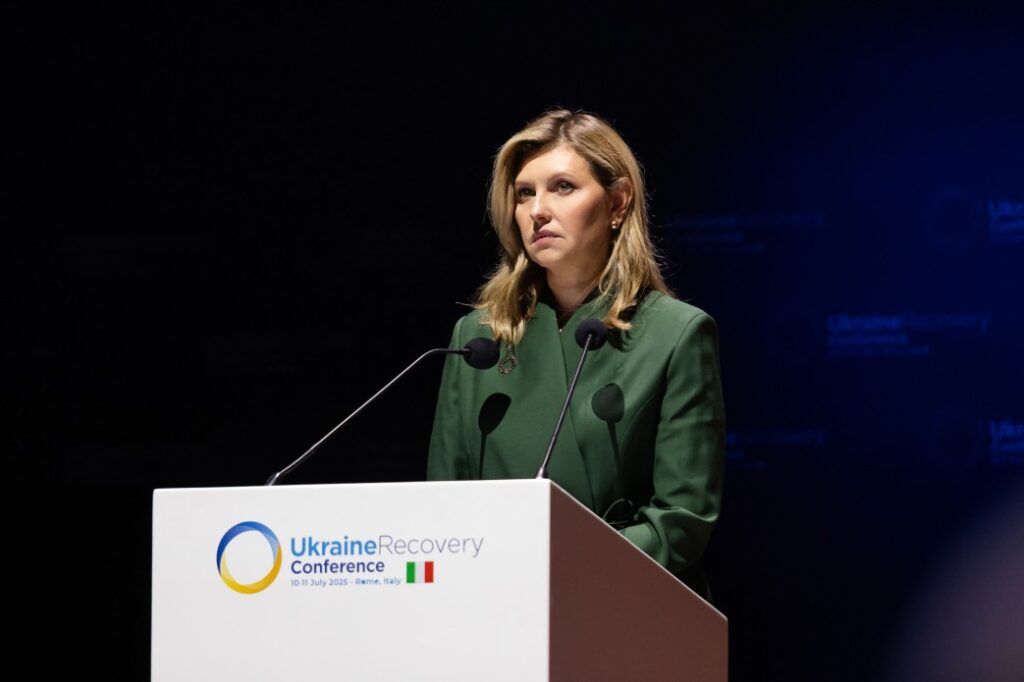
How is Ukraine building mental health infrastructure during wartime? The country established a Mental Health Coordination Center under the Cabinet of Ministers, according to Zelenska. The goal: getting mental health services into every community across Ukraine.
The challenge requires international help. “Much effort is being made to expand operations so that mental health services are available in every community, and this requires partner support,” Zelenska told conference delegates.
Ukraine now has 11,000 rehabilitation specialists—seven times more than in 2022. These professionals have treated 600,000 Ukrainians injured by combat and enemy strikes over the past 18 months.
But Ukraine isn’t just receiving expertise—it’s sharing it. “We learn from the world’s best clinics, but our own experience has also grown to such a level that we can already share it,” Zelenska said.
Can a country rebuild while its population remains traumatized? Zelenska invited conference participants to join Ukraine’s medical partnership, suggesting the answer lies in international collaboration on both physical and mental reconstruction.
In June, Ukraine opened its first specialized mental health center in Lviv, targeting survivors of Russian captivity and torture. The Saint Leo the Great Mental Health Center offers residential care with art therapy studios and aims to treat 1,000 patients annually, including former prisoners of war. Belgium’s Flanders region funded the €1.5 million facility to address systematic torture experienced by up to 90% of returned Ukrainian POWs.
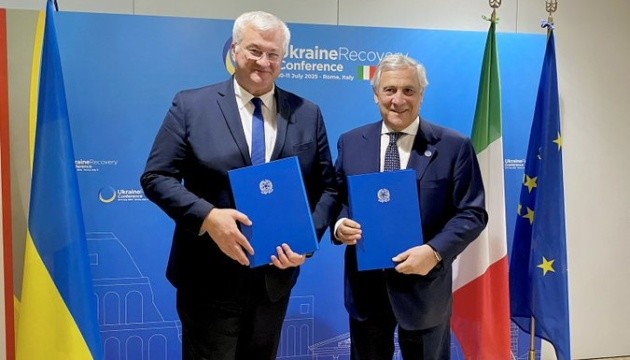
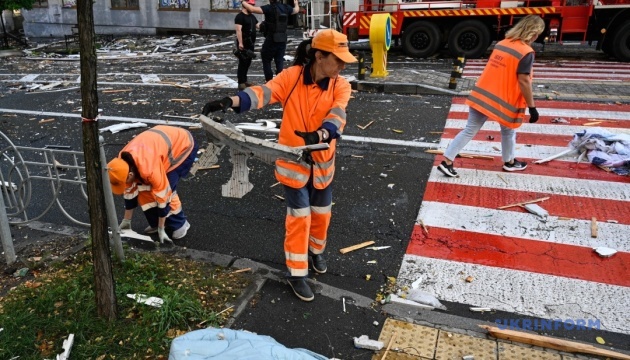
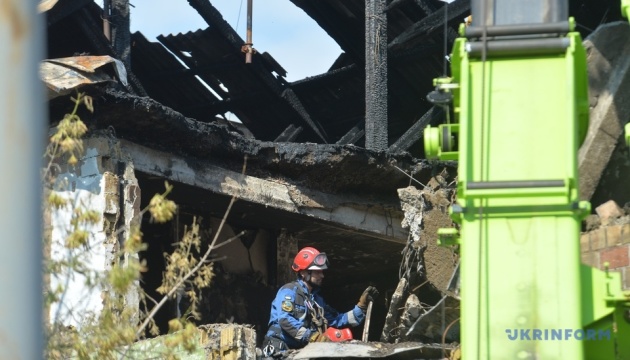
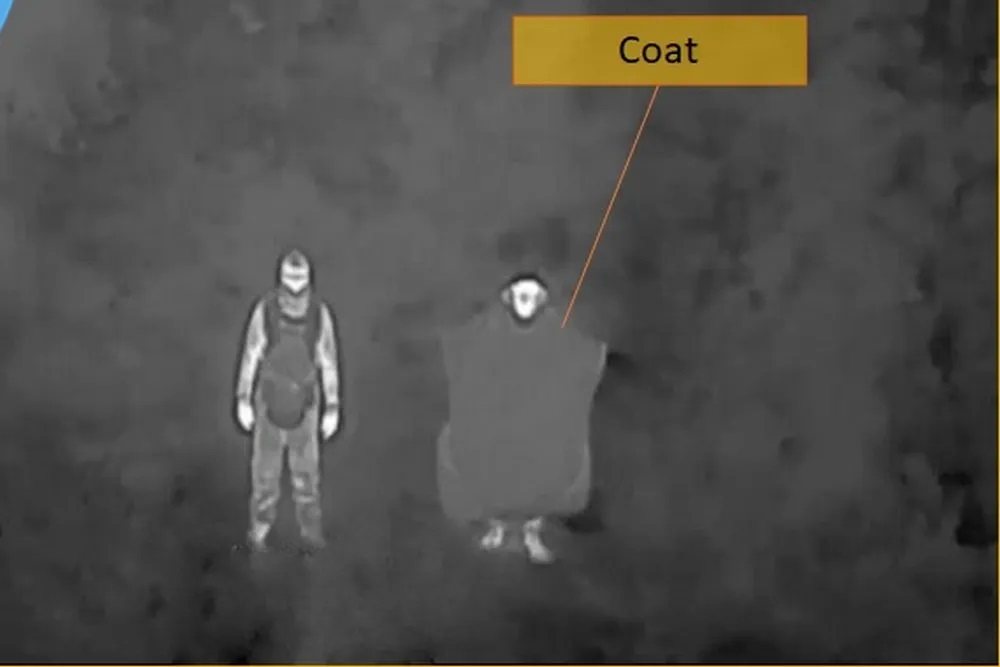
The Russian military knows it has a nighttime camouflage problem. It’s begun circulating a field manual instructing befuddled troops on the proper fit for their thermal blankets.
The main point, according to the manual, is to make sure the blanket isn’t warmer than the nighttime landscape. “Before putting on the anti-heat-vision cape, it should be taken outside in advance and cooled by hanging it in the shade for at least one hour,” the manual advises, according to a translation posted online by Canadian drone expert “Roy.” “It is necessary in order for the cape to reach ambient temperature.”
By the same token, soldiers should make sure their thermal camo isn’t cooler than the landscape. That advice is a matter of life and death.
Consider what happened to a trio of Russian troops that tried to sneak across open terrain toward the front line presumably somewhere around Novomykolaivka in eastern Ukraine’s Donetsk Oblast in late June.
The Russians did the smart thing and moved at night, under thermal camouflage that should—in theory—hide them from surveillance drones with infrared sensors. But the Russians hid under thermal blankets that were cooler than the surrounding summertime terrain was.
“Pretend to be a bush.”
— Roy
The Russians have published a manual on the use of thermal capes.
1/ https://t.co/ztKApfk2Zi pic.twitter.com/2sSZi0RJz8(@GrandpaRoy2) July 8, 2025
Instead of disappearing from Ukrainian drones’ heat sensors, they stood out. A bomber drone from the Ukrainian army’s 59th Assault Brigade spotted them—and approached with a clutch of grenades.
The Russians knew they were in trouble. They apparently heard the drone coming, crouched in place and pulled their blankets tightly over them. But it didn’t help.
It wasn’t some exposed limb sticking out from under a blanket that gave them away—it was the blankets themselves. The temperature differential between the ground and the outside of the blankets was so great that that blankets appeared as black shapes amid the gray and white landscape on the bomber drones’ infrared sensor.
The drone operator took their time aiming their grenades. The first round hit within meters of the crouching Russians. Arterial blood spray from one badly wounded Russian glowed hot on the drone’s camera. The ammunition the Russians were carrying, which cooked off following the second grenade impact, glowed even hotter.
The blasts left the landscape painted with blood, body parts and hot fragments.
Russian soldiers in heat-insulating anti-drone ponchos tried to approach and attack frontline positions. By the 59th Brigade of the @usf_army. pic.twitter.com/DgTfG8ImnS
— Special Kherson Cat(@bayraktar_1love) June 24, 2025
Drones are everywhere all the time as Russia’s wider war on Ukraine grinds into its 41st month. Even on a quieter stretch of the 1,100-km front line such as that held by the 59th Assault Brigade. Even at night.
Both sides urge their troops to conceal themselves from the ever-present drones. “Use thermal blankets, similar to those that are often placed in … first-aid kits,” the Ukrainian government advised its forces in its own counterdrone field manual. “If possible, take care and use mylar capes, blankets, cloth. They effectively reflect infrared radiation.”
But the thermal camo can work poorly—or too well. Cheaper mylar blankets tend to trap too much heat or too little. When the ground is warmer than the outside of the blanket is, the wearer will appear as a solid dark square on any infrared sensor. When the ground is cooler, the wearer will appear as a solid white square.
A thermal blanket must be the same temperature as its surroundings. Placing the blanket outdoors in the shade in order to cool it is one necessary step, according to the Russian manual. A proper fit—loose but totally covering the wearer—is another necessity. “Do not allow the cape to be pressed against your body,” the manual warns. “It will warm up the cape quickly in places of pressing and begin to ‘glow’ in the thermal imager.”
Given the many instances of Russian troops getting spotted and droned while wearing badly fitting, too-hot or too-cold thermal camo, the Kremlin surely hopes its surviving forces heed the manual. Ukrainian drone teams, hunting by night with infrared sensors, surely hope the Russians don’t heed it.
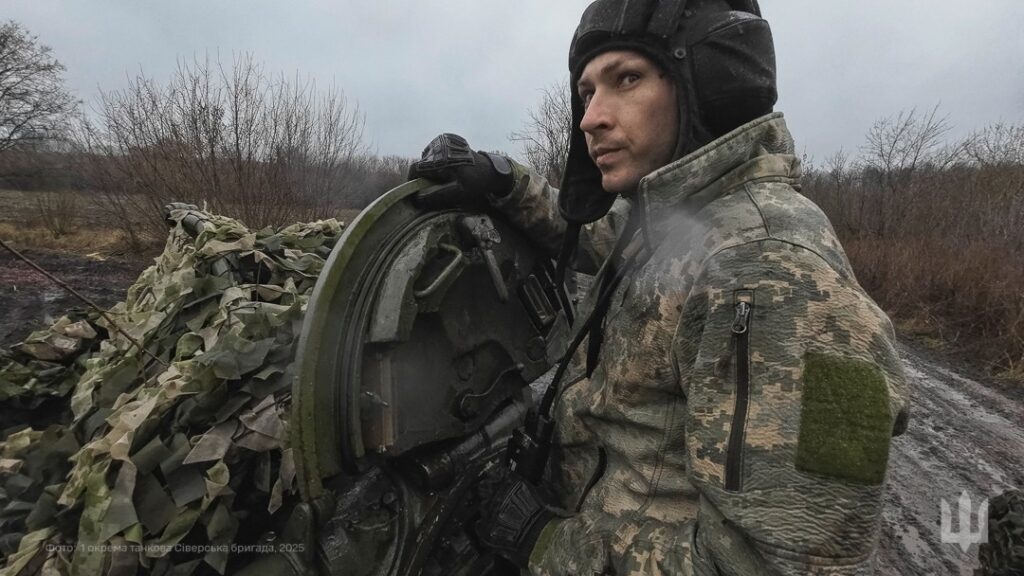
The famed 1st Tank Brigade is the third of Ukraine’s five tank brigades to undergo the transformation. After its reorganization, the brigade now has just two ostensibly 31-tank battalions instead of three—but has added a second mechanized battalion with, on paper, 31 infantry fighting vehicles.
Big, cumbersome, easy-to-spot tanks are just too vulnerable to the tiny first-person-view drones that are everywhere all the time all along the front line. “The reduced time between detection and engagement, driven by real-time drone surveillance and the high velocity of FPV attack drones, has created a hostile environment for traditional armored platforms on the battlefield,” Ukrainian analysis group Frontelligence Insight explained.
Prior to the reorganization, the brigade operated T-64 and T-72 tanks and BMP fighting vehicles. Its equipment may change as its structure changes.
It’s the latest chapter in the long history of a legendary brigade, which fought in some of the hardest battles of the initial Russian invasion of Ukraine in 2014 and, as the invasion widened eight years later, won a decisive battle in the city of Chernihiv, 100 km north of Kyiv and just 60 km from the border with Russia.
Russian commanders assumed the 1st Tank Brigade would be an easy target on day one of the wider war. In the early morning hours of Feb. 24, Russian missiles and artillery struck the permanent garrisons of many of Ukraine’s ground combat brigades.
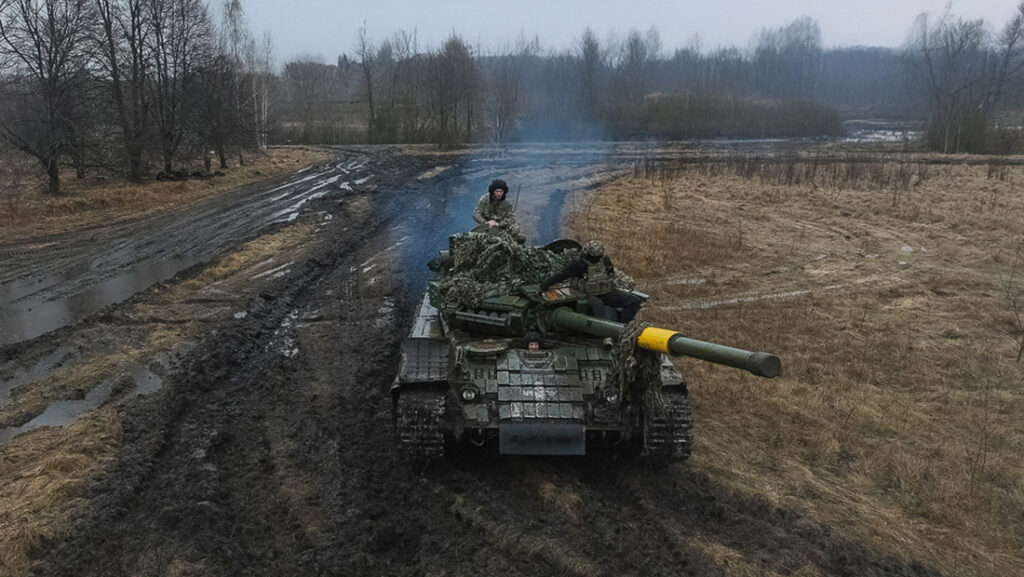
But these brigades, including the 1st Tank Brigade, had dispersed. The Russian bombardment mostly destroyed empty buildings. The 1st Tank Brigade’s several thousand troopers and roughly 100 T-64 tanks lay in wait in the fields and forests surrounding Chernihiv.
The Russian 41st Combined Arms Army barreled south from its staging areas around the Belarus-Russia border, quickly arriving at Chernihiv. On paper, the 41st CAA with its 20,000 troops and hundreds of T-72 tanks vastly outmatched the 1st Tank Brigade.
In reality, the 1st Tank Brigade held key advantages, analysts Mykhaylo Zabrodskyi, Jack Watling, Oleksandr Danylyuk and Nick Reynolds revealed in a study for the Royal United Services Institute in London.
The autoloader in the three-person T-64 and the Ukrainian army’s superior training made the most difference in the chaotic early fights around Chernihiv. “The first days of fighting saw numerous meeting engagements in forests at around 100 m to 200 m range, where restricted movement limited the Russian ability to bring their mass to bear against a specific tactical situation,” Zabrodskyi, Watling, Danylyuk and Reynolds wrote.
“Better crew training combined with short-ranged engagements where their armament was competitive, and the faster autoloader on the T-64, allowed Ukrainian tank crews to achieve significant damage against surprised Russian units.”
The 1st Tank Brigade bled the 41st CAA for several days until Russian commanders decided simply to bypass Chernihiv. As Russian battalions rolled past, the 1st Tank Brigade “found itself encircled.” A territorial brigade garrisoned in Chernihiv screened the 1st Tank Brigade’s T-64s as the brigade adopted an all-around defense of the city.
For six weeks the brigade and its supporting territorials held out. “Communication with the 1st Tank Brigade was maintained along a small supply road running northwards on the left bank of the Dnipro [River] that the Russians failed to sever, despite having an overwhelming force presence,” the RUSI analysts wrote.
The Russian army ultimately failed to capture Kyiv and bring the war to a swift end. In late March, the Kremlin ordered its battered forces around the capital city to retreat. That’s when the 1st Tank Brigade attacked. On March 31, the brigade liberated the M01 highway connecting Chernihiv to Kyiv.
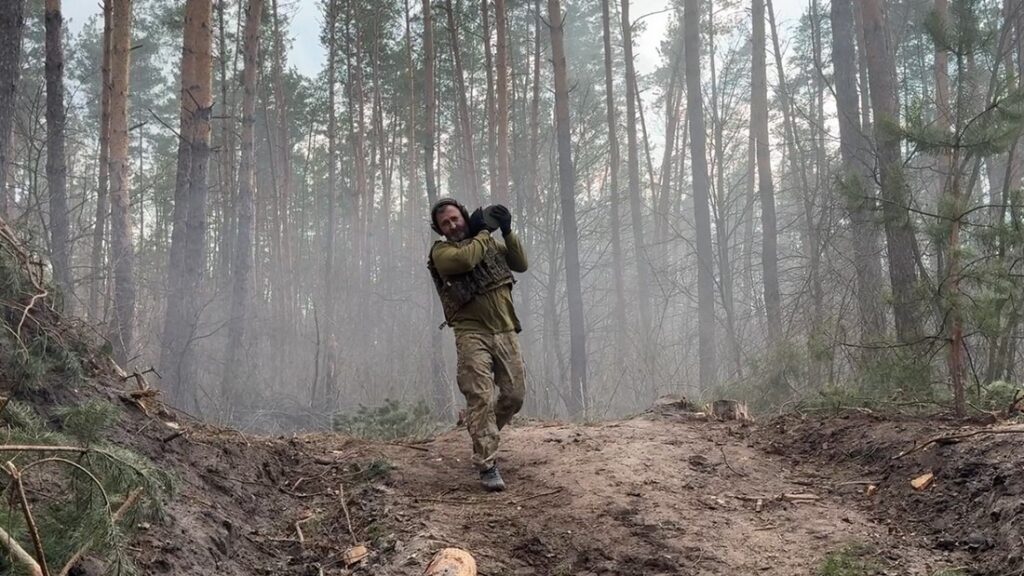
The 1st Tank Brigade had won its hardest fight. But wider trends doomed its status as one of Ukraine’s five tanks brigades alongside the 3rd, 4th, 5th and 17th Tank Brigades.
FPV drones haven’t rendered tanks obsolete. But they have forced tank crews to operate extremely carefully—hiding most of the time in buildings or dugouts and rolling out only occasionally to fire a few shells.
It’s a new “era of the cautious tank,” David Kirichenko, an analyst with the Center for European Policy Analysis in Washington, D.C., announced in September.
Tanks are even more cautious now than they were last fall. “Overall, there is less armor being deployed to the front, especially compared to 2023,” Kirichenko said. “So we are still in the era of the cautious tank, or we could say that it has even gotten more cautious now.”
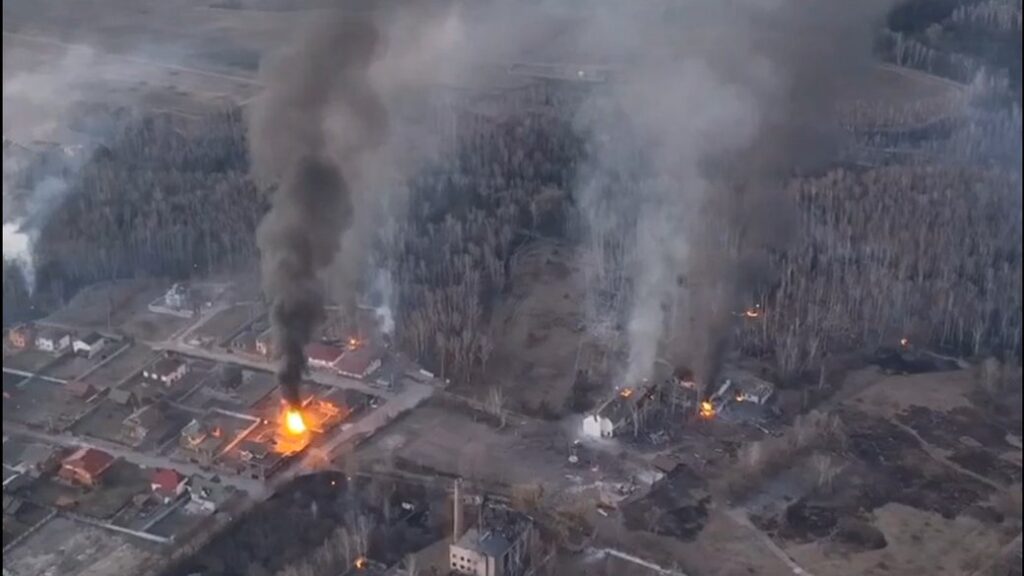
The Ukrainian army responded to the changing environment. The 17th Tank Brigade reorganized in October or November, reducing its tank inventory to become the first of the Ukrainian army’s new heavy mechanized brigades. The 5th Tank Brigade underwent its reorg in December.
The Ukrainian ground forces are also adopting a new corps structure that places similar brigades fighting in the same sectors under a single command. It’s possible these corps—there should be 13 of them—will each have just one separate tank battalion.
The forces for these battalions—the tanks and crews—could come from the tank brigades, some of which “may be disbanded,” Militaryland reported. Meanwhile, the tank battalions in the mechanized, motorized and mountain brigades “will be reduced in size.”
Today, the Ukrainian military should have 30 or so tank battalions with around a thousand tanks. The possible reorganization could cut that structure in half. Fewer battalions—and many more tanks in reserve to replace losses from drones.
The tanks are assuming a secondary role as infantry—and the armored trucks and tracked vehicles that speed them to and from their trenches—take on the lead role in this new era of ever-present drones and cautious tanks.
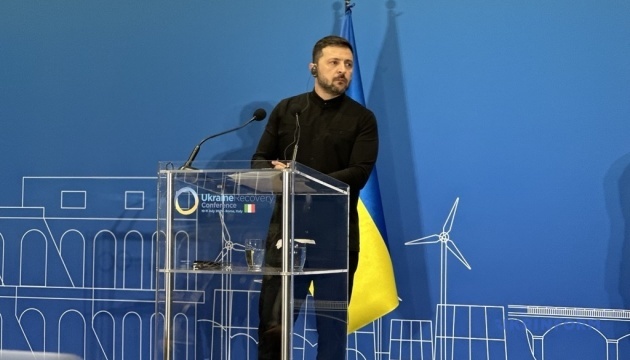
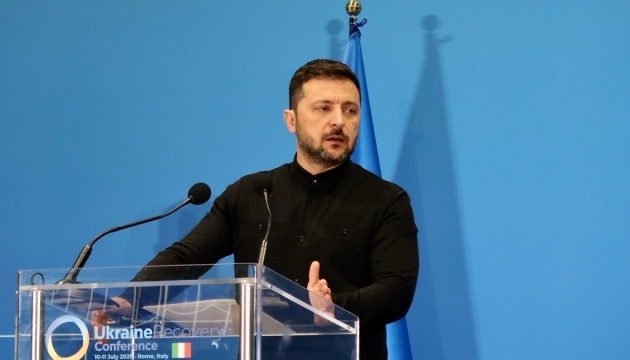
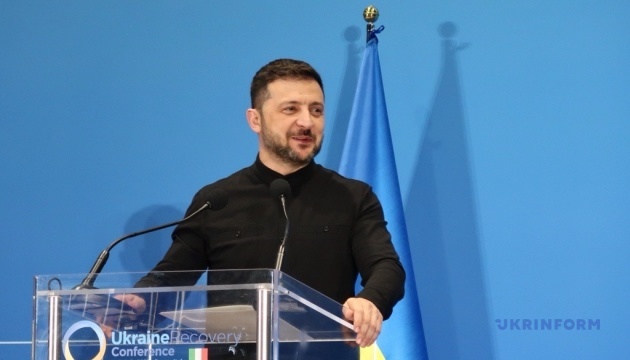
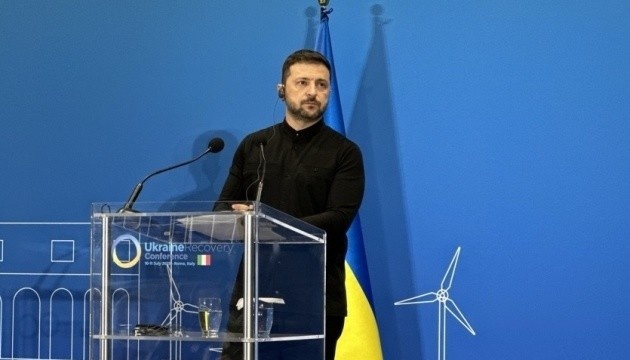

Britain is ready to send troops to Ukraine, UK Defense Secretary John Healey confirmed, as part of a “Coalition of the Willing” proposed international effort to keep the peace in Ukraine. While no peace agreement exists and does not seem reachable in the near future, the UK government says it stands prepared to help reenforce a ceasefire.
Speaking to Times Radio, John Healey was asked whether sending troops to Ukraine was still on the table.
“Yes,” he replied. “The prime minister has always been clear that he’s ready to put troops into Ukraine to help reinforce a ceasefire.”
As Express reports, this would place British soldiers in Ukraine as part of a coalition peacekeeping mission. France and the UK are expected to provide the core of the force, but support from the United States would also be required.
“There had been reports that the UK had abandoned plans to send a peace-keeping force… but the Defence Secretary’s comments show the idea has not been abandoned,” Express wrote.
The development comes amid broader defense coordination between London and Paris, focused on strengthening European responses to future threats.
French President Emmanuel Macron is in the UK on a state visit, meeting Prime Minister Sir Keir Starmer as part of the 37th Franco-British summit held at Downing Street. According to Defense Secretary John Healey, the summit is the first with a European ally since Brexit and reflects efforts to rebuild strategic defense ties.
The UK and France will create a joint rapid deployment force of 50,000 troops to defend Europe and respond to “extreme threats.” Plans include closer coordination on nuclear deterrence, military exercises, and operational readiness.
The two countries will also order more Storm Shadow missiles and begin developing a successor to the long-range weapon, which has been supplied to Ukraine, Express says.

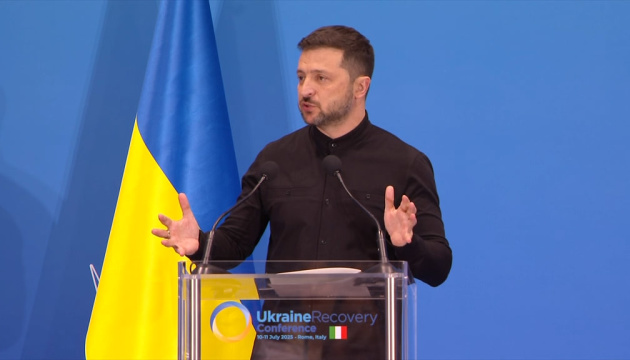
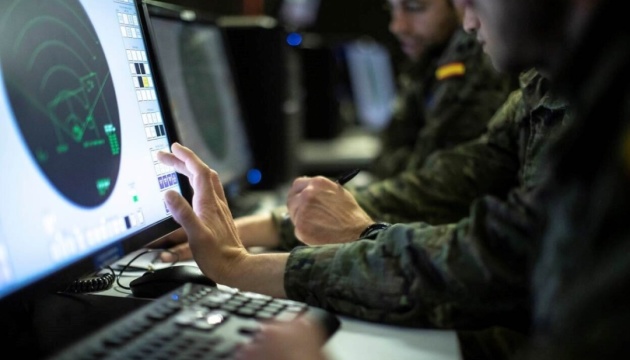
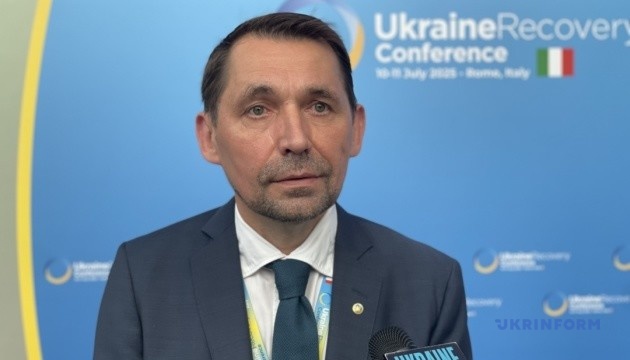
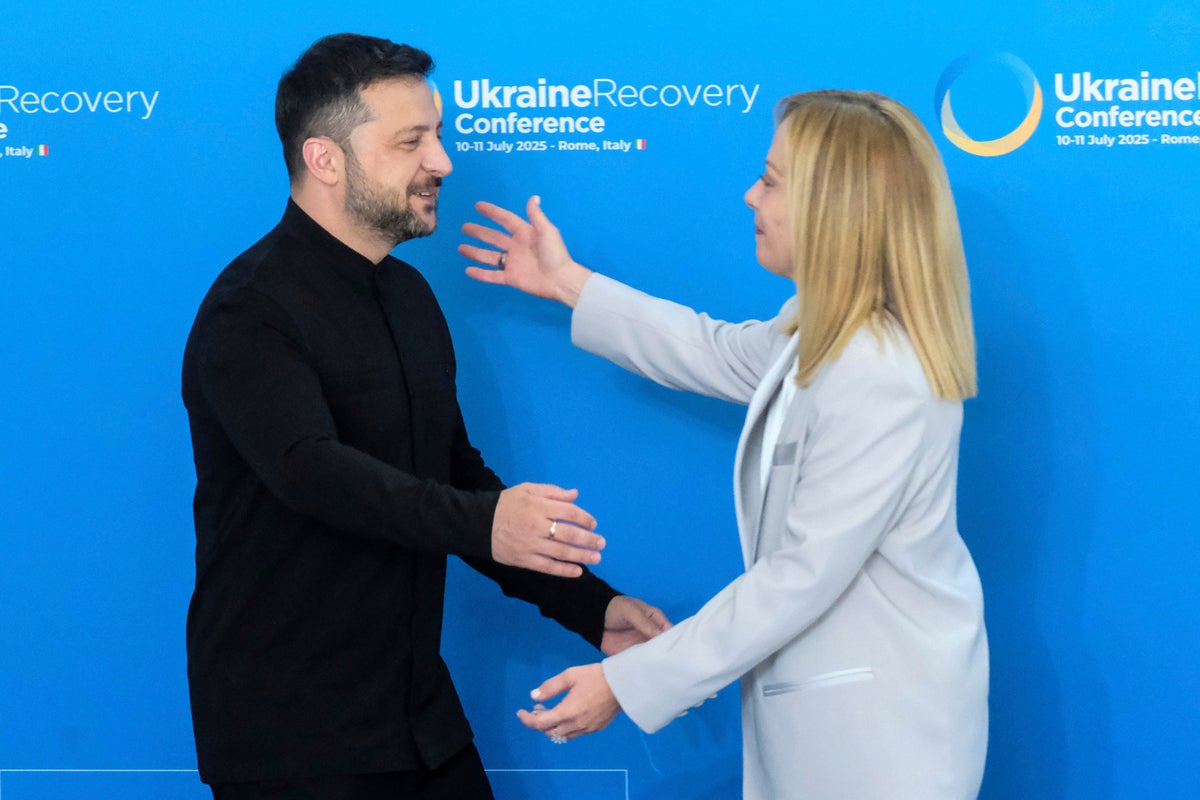
© LaPresse
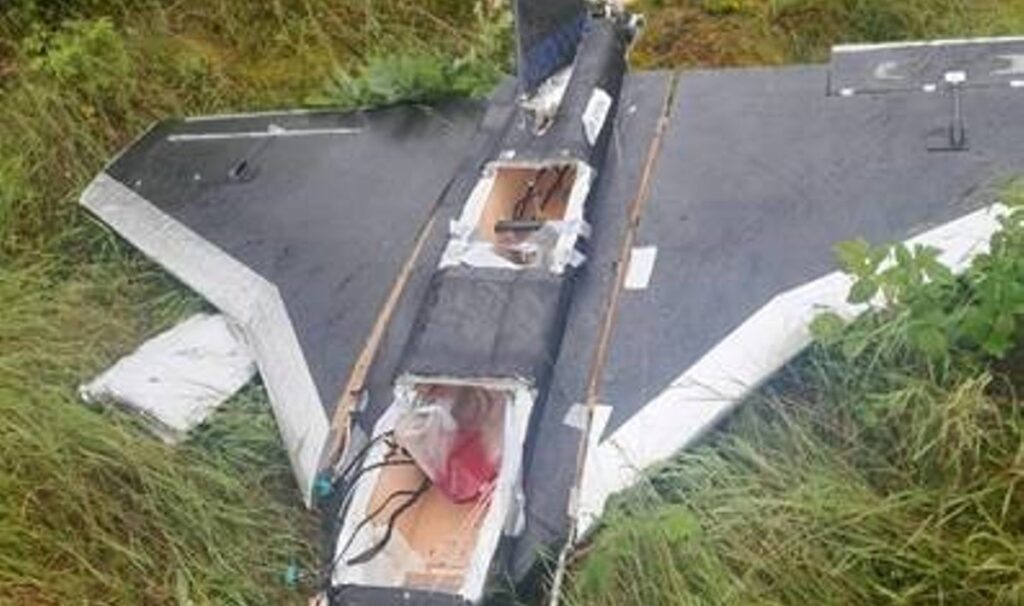
Russia’s Gerbera drone crash in Lithuania occurred after the object entered from Belarus and fell near the Šumskas checkpoint. According to Delfi, it resembled the type of UAV Russia uses in its war against Ukraine.
On 10 July, around 11:30, Lithuanian Armed Forces detected an object approaching from the direction of Belarus. In a Facebook post, the Armed Forces said the Air Force activated NATO fighter jets already in the air by switching them from training to mission mode.
Shortly after detection, the object fell to the ground. The mission was canceled. Military units notified the State Border Guard Service (VSAT), and troops were sent to the crash site.
The Lithuanian military said the object appeared homemade and posed no danger.
Delfi, citing border guards, reported the drone crashed approximately one kilometer from the Belarusian border, close to the closed Šumskas checkpoint in Vilnius District Municipality.
BNS initially reported the object as a Shahed 136 drone — an Iranian-designed craft carrying 50 kg of TNT, which Russia widely uses to target Ukrainian cities. However, that was later corrected. A VSAT representative confirmed it resembled a homemade UAV.
Giedrius Mišutis, spokesperson for VSAT, stated the drone was first detected by the Kenna outpost.
“It appears to be a homemade UAV,” Mišutis said. “There is no indication the object carried any cargo.”
The object was reportedly made of plywood and foam. Officials said it posed no threat.
Mišutis also noted that VSAT had not recently observed smuggling activity involving drones, balloons, or improvised aircraft.
The Ukrainian outlet Defense Express criticized Lithuania not only for failing to intercept the drone, but for failing to identify it altogether. The publication emphasized that the deeper issue lies in the lack of basic knowledge about Russian drone types.
“The real problem,” the outlet noted, “is that they don’t know what even Ukrainian children consider common knowledge.”


Germany is ready to buy US Patriots for Ukraine if Washington gives the green light, Chancellor Friedrich Merz said on 10 July. The statement comes as Ukraine’s air defense capacity weakens under escalating Russian air strikes and limited US support.
Germany is ready to buy US Patriots and deliver them to Ukraine, Chancellor Friedrich Merz confirmed during a press briefing in Rome, Reuters reported.
“We are also prepared to purchase additional Patriot systems from the US to make them available to Ukraine,” Merz stated.
He said he raised the matter directly with US President Donald Trump last week. According to Merz, the United States holds sufficient reserves of the systems.
“The Americans need some of them themselves, but they also have a lot of them,” he said, noting that a delivery decision had not yet been finalized.
The Patriot system—short for Phased Array Tracking Radar for Intercept on Target—is among the most advanced US air defense platforms. Built by Raytheon Technologies, the theater-wide surface-to-air missile system is designed to counter aircraft, ballistic missiles, and drones.
Ukraine uses its Patriot systems to intercept Russia’s ballistic missiles, the fastest munitions in the Russian arsenal.
On 8 July, Axios reported that Trump promised to immediately send 10 Patriot missiles to Ukraine. The Wall Street Journal added that Trump is considering delivering an entire Patriot system.
Ukraine’s military, however, voiced skepticism. Speaking to The Times on 9 July, an unnamed senior Ukrainian Air Force officer—Ukraine’s air defenses report to AF—noted:
“If they actually send us ten [missiles], it will be nothing more than a bad joke,” he said, according to NV. “That’s not enough for even one battle.”
Axios also reported that Trump is pressuring Germany to transfer one of its Patriot batteries to Ukraine, adding further political complexity to Merz’s initiative.
Earlier statements from German officials noted “intensive talks” with the United States regarding Patriot system transfers.
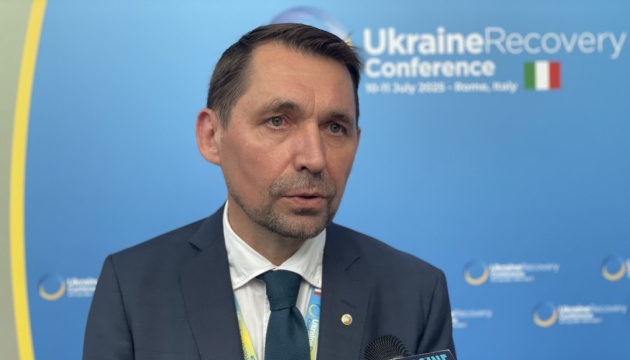
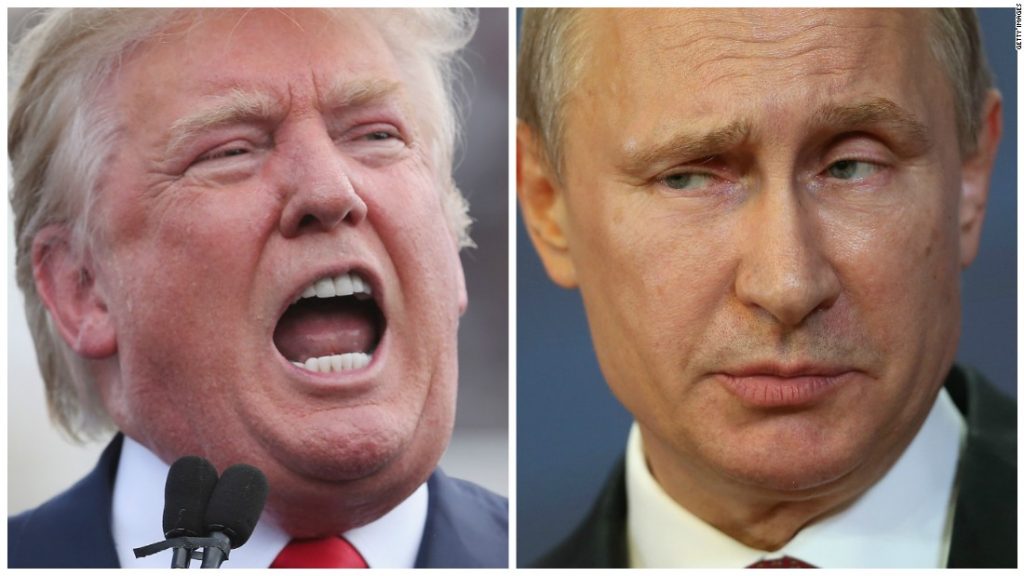
Russian state media and other propaganda outlets have altered their rhetoric toward US President Donald Trump following his increasingly critical statements about Vladimir Putin and the emergence of leaked audio recordings, according to Russian news agency Agentstvo Novosti.
The shift in tone represents a departure from previously more favorable coverage of Trump in Russian media.
Russian Vladimir Solovyov, a key Kremlin TV host and propagandist, accused Trump of “Bidenization”—essentially becoming indistinguishable from his predecessor.
“Trump is transforming from the position ‘I’m the only one who can talk to Putin’ into another version of Biden,” Solovyov said, according to Agentstvo Novosti, which analyzed his talk shows.
Why the harsh reaction? Solovyov questioned whether Trump now thinks “he can tell us what to do, and we’ll obey.”
Another television host Olga Skabeeva went further, comparing current US rhetoric to Colin Powell’s 2003 WMD presentation about Iraq. She suggested Washington was recycling old playbooks, using chemical weapons allegations as “a pretext to crush some regime.”
State broadcaster Rossiya 1 portrayed Trump as increasingly desperate, claiming his statements reflected understanding that Ukraine events weren’t “going according to his scenario.” The network described Trump as approaching his “personal Afghanistan.”
Kremlin-affiliated social media accounts joined the pile-on. The Botnadzor monitoring project found roughly 25% of bot comments targeted Trump’s statements, calling him a “lover of loud statements” and suggesting he was merely “bluffing.”
The shift registered with Russian public opinion too. Princeton University’s Russia Watcher polling showed Trump’s approval among Russians hitting its lowest point since last fall—60% now disapprove, with 30% strongly opposing him.
Kremlin spokesman Dmitry Peskov maintained diplomatic language, saying Moscow expects “to continue our dialogue with Washington and our line of repairing the considerably damaged bilateral relations.”
Meanwhile, Trump’s administration resumed delivering critical military aid to Ukraine after a brief pause caused by Pentagon concerns over depleted US munitions stockpiles. The resumed shipments include 155mm artillery shells and precision-guided GMLRS rockets, essential for Ukraine’s front-line operations, particularly for its HIMARS rocket systems.
This resumption follows Russia’s largest-ever combined missile and drone attack on 9 July, when over 740 projectiles targeted Ukrainian infrastructure.
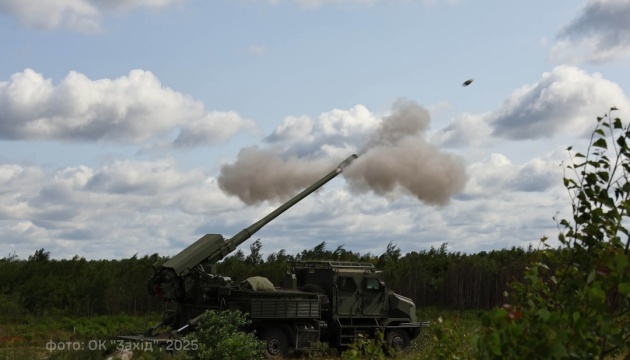
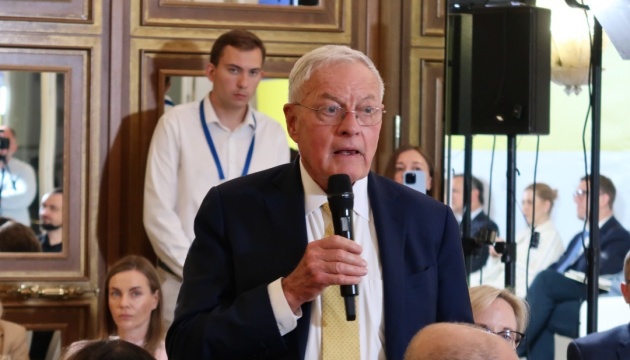
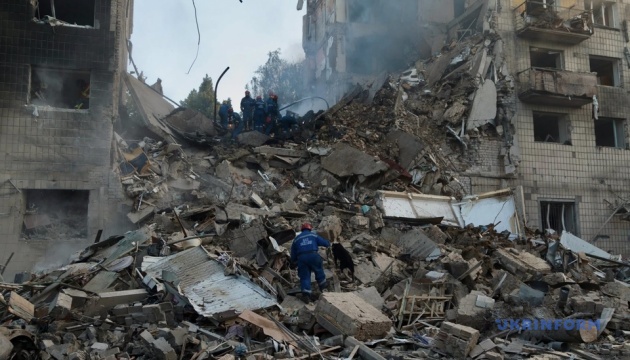

© Copyright 2023 The Associated Press. All rights reserved

The Netherlands committed €300 ($350) million for Ukraine’s reconstruction and recovery efforts spanning 2025 and 2026, according to Foreign Affairs Minister Caspar Veldkamp’s announcement at the Ukraine Recovery Conference in Rome on 10 July.
According to the Dutch government, the funding allocation includes:
Minister Veldkamp outlined the rationale behind the comprehensive support approach, stating that Russia has spent more than three years attempting to destroy Ukraine’s society and economy through continuous attacks on energy infrastructure, water supplies, grain storage facilities, houses and apartments. He emphasized that international community support must extend beyond arms to include financial, economic and social assistance.
Russia isn't just trying to bring Ukraine to its knees on the battle field. For 3,5 years, it has been attempting to destroy Ukraine's society and economy. Today, I announced €300 million on behalf of the Netherlands for reconstruction and economic recovery in 2025 and 2026. 1/2 pic.twitter.com/tJMfrp3ySJ
— Caspar Veldkamp (@ministerBZ) July 10, 2025
“Ukraine’s economy and society must be kept running because that will help the country in its struggle. It is, as it were, another front line,” Veldkamp said, according to the government statement.
The Ukraine Recovery Conference in Rome will also feature the signing of a cooperation agreement between Veldkamp and Ukraine’s First Deputy Prime Minister and Minister of Economy Yuliia Svyrydenko, extending the Ukraine Partnership Facility grant programme established in 2023.
The programme supports Dutch businesses and organizations working on projects in agrofood, sustainable energy, healthcare, water and circular construction sectors that benefit Ukraine’s recovery efforts.
Since the full-scale Russian invasion in 2022, the Netherlands has provided approximately €10 billion in military aid by mid-2025, including the delivery of 24 F-16 fighter jets, Patriot air defense systems, Leopard 2 tanks, CV90 infantry fighting vehicles, artillery, armored vehicles, ammunition, and small arms.
The Netherlands has also supplied 100 drone-detection radars and 20 medical evacuation vehicles as part of a recent €175 million aid package, with €80 million specifically allocated to support drone efforts through an international drone coalition. Additionally, the country committed €500 million to Ukraine’s Drone Line project, supporting domestic production of over 600,000 drones.
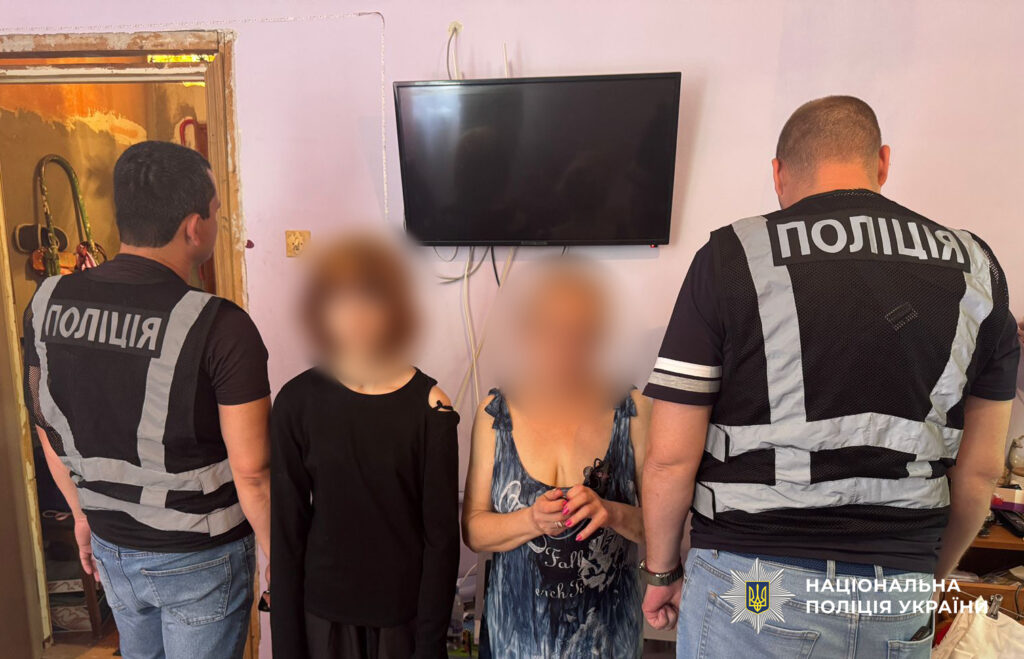
Police and Security Service of Ukraine (SBU) operatives have detained a mother and her 13-year-old daughter in southern city of Odesa for conducting arson attacks on Ukrainian military infrastructure under direction from Russian intelligence services.
Russian intelligence services have systematically recruited Ukrainian civilians, including minors, to conduct domestic sabotage operations since the full-scale invasion began in February 2022.
Russian operatives target financially struggling Ukrainians through social media and encrypted messaging apps with promises of easy money. Teenagers, displaced families, and people facing economic hardship become prime targets. What do they get paid? Several hundred to several thousand dollars, typically transferred through cryptocurrency to avoid detection.
The assignments rarely vary. Burn military vehicles. Film the destruction. Send proof for payment. Ukrainian authorities report that vehicle arson represents the most common task given to recruited civilians.
Why use locals instead of professional saboteurs? Russian intelligence gets better operational security and propaganda value when Ukrainians attack their own military infrastructure. The footage serves dual purposes—actual damage and demoralization campaigns.
The case began when the minor was recruited through a messaging application, according to investigators.
Her assigned role involved coordinating target selection with her Russian handler and providing video documentation of completed attacks as proof of execution.
Law enforcement officials established that in early July, the teenager doused a railway relay cabinet with flammable liquid and set it ablaze. The relay cabinet belonged to Ukrainian Railways infrastructure.
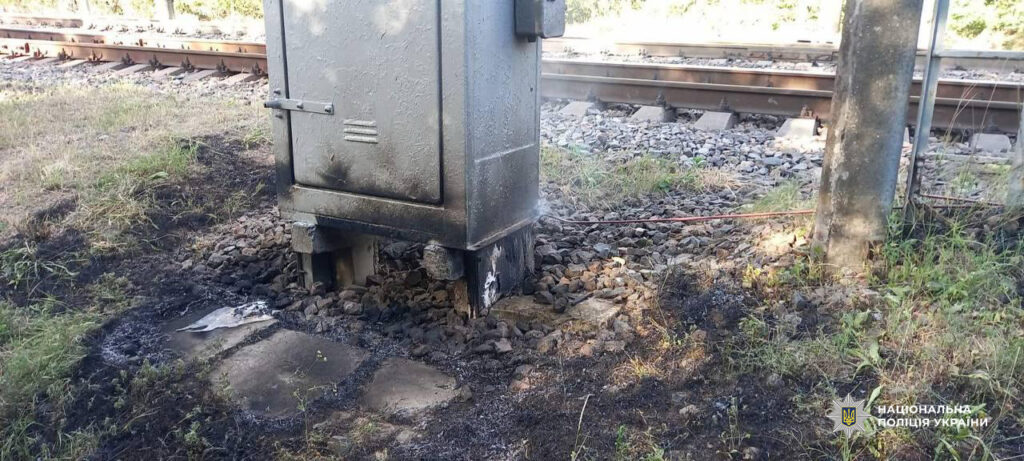
Several days later, the girl received instructions to target a Volkswagen vehicle owned by a female Ukrainian service member. The car had been used at the front lines for evacuating wounded soldiers, investigators determined. Facing this more complex assignment, the teenager approached her 58-year-old mother for assistance.
Rather than declining to participate, the woman agreed to join the operation. The pair carried out the vehicle arson during nighttime hours in the regional center, using similar methods to their previous attack.
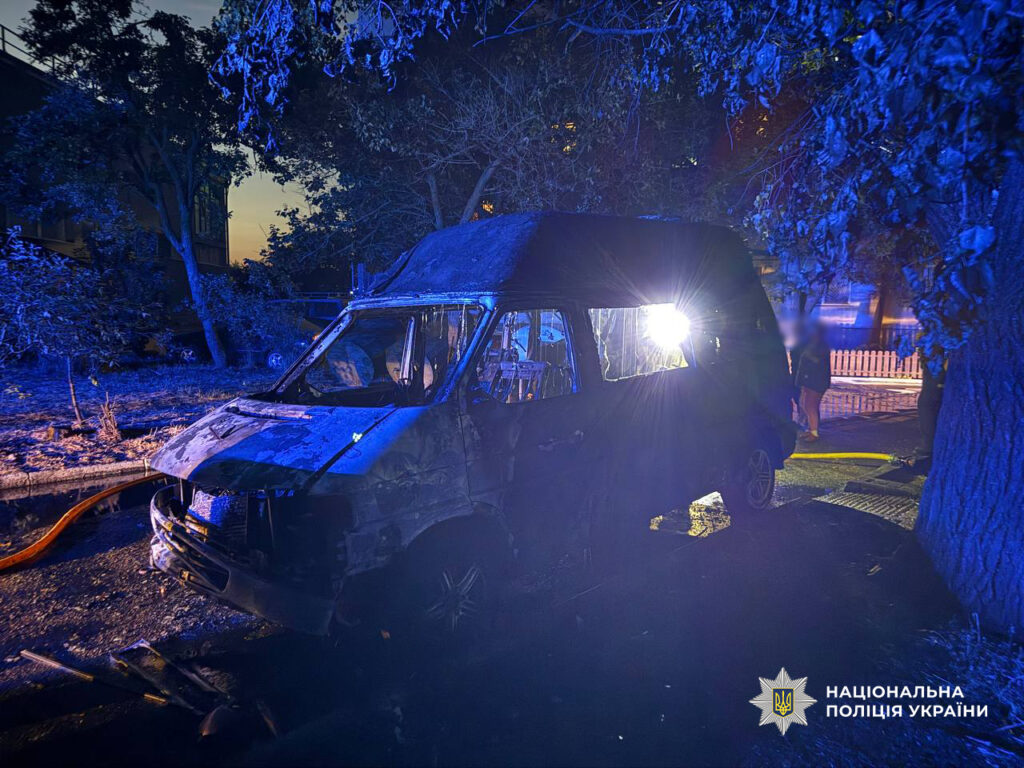
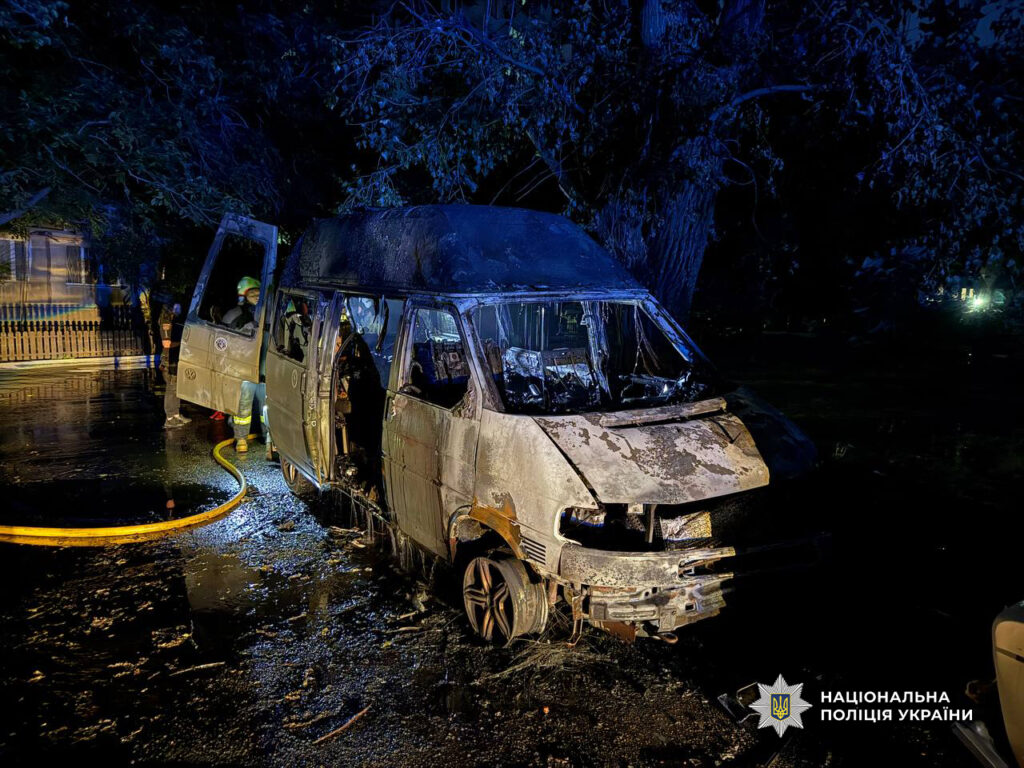
Ukrainian prosecutors have classified the actions as attempted sabotage committed during martial law and obstruction of Armed Forces operations during the special period. The adult defendant faces charges under the latter statute, which carries a maximum penalty of eight years imprisonment, according to the prosecutor’s office.
The minor has been transferred to custody and guardianship authorities rather than facing criminal prosecution due to her age. Compulsory educational measures may be applied in her case, officials stated.
Earlier, Ukrainian law enforcement reported that Russian intelligence is conducting a covert sabotage campaign across Ukraine and Europe by recruiting vulnerable individuals, especially elderly Ukrainians, through deceptive phone calls and messaging apps like Viber.
They impersonate Ukrainian security officials, such as the Security Service of Ukraine (SBU) or police, to blackmail pensioners with fabricated charges—like alleged collaboration for buying Russian-made medicines—and coerce them into carrying out sabotage tasks or paying money.
Similar recruitment tactics are used in European countries, including the Baltic states, where operatives lure locals with money or blackmail, treating them as expendable pawns.
